Why Catholics Should Never Do Yoga
Once upon a time back around 1995 or 1996, before I started working at a Catholic bookstore (I have a lot of great books in my private library from that wonderful little place), I was hearing a lot about meditation, and several people told me that I should try it. I had no idea how to meditate, so I went down to the Diocesan library. They had fewer materials than I thought a Diocesan library should have, but I managed to find a set of tapes (the title completely escapes me) by a Catholic priest and checked it out.
Having been born into the Post-Concillar Church, my parents spent a small fortune on Catholic grade-school with a faith formation program consisting of little more than the infamous “Hi God!” programs. My mother did save her old Maryknoll Crusades magazines from her childhood, and I read those back in grade school, but proper faith formation requires much more than a couple dozen issues of an old Bible study magazine from the 1950s meant to supplement what should be thorough Catechetical training. I was utterly unprepared for what I now know is New Age, progressive thinking. I was also stupid, so I popped the tape in my stereo and went through the meditations.
I had a hard time with this priest’s meditations because he kept saying to empty the mind, focus on the sound of his voice, place the self into the scene he was describing. He spent a lot of time talking about breathing and did a few breathing exercises. I really couldn’t get into the tapes. I couldn’t empty my mind. My thoughts kept churning in circles. I credit working at that bookstore with helping me to understand what meditation really is. It’s not the emptying of the mind, but the focusing of our thoughts on The Lord, on Christ, on the mysteries of our faith, on scripture, on the teachings of the Church.
I gave up on the tapes, but there was this insert with the tapes that talked about the similarities between the world’s religions; how God knows our hearts and our intentions; how being open-minded to new and different ideas helps us to understand God; how Eastern philosophies use meditation techniques from which Catholics could benefit. I now recognize that this blending of philosophies with Catholicism is an error called “syncretism.” The ideas from that insert planted some serious errors in my mind and opened the door to a near decade long affair with the practice of yoga.
It was around 1997 when I caught this fitness bug and was introduced to yoga through workout programs on cable fitness stations. I started with the programs that mixed yoga with dance, and thanks to my High School and College dance training, I picked it all up very quickly. There were full yoga programs as well, with the instructors talking about balance and muscle control. Every so often they’d throw in key phrases like, “find your center”, “focus your breath”, “clear the mind”, “feel your inner warmth”. Today I would clearly recognize these phrases as being in the danger zone; but to me “the center” was a dance term, and the rest, well, I knew what I believed, and in my mind this was all just exercise. I deftly rationalized that the terminology wasn’t important, and I developed my own syncretistic practice. What I was failing to grasp, as I believe do many people, is that ultimately yoga isn’t at all about health and fitness, but more on that later.
For nine years I was an on again-off again yoga student. I wasn’t faithful to it for a long time by any means, but I always came back to it, because the physical results were unmatched. I could maintain my figure with a no-impact workout program that also relieved my stress, which was a real bonus when I took a new, demanding job in 2006. I decided then that it was time to get more serious about my yoga practice. I found Yoga Journal online which contained some very compelling articles about the physical benefits of yoga, along with tutorials on the poses. I felt great about my decision and bought myself two books at the beginning of 2007: Light on Yoga by B.K.S. Iyengar and Richard Hittleman’s Yoga: A 28-Day Exercise Plan. I also started looking for an instructor, but (luckily) they all overcharge. What can I say, I’m cheap.
I flipped through Hittleman’s book, which was for beginners, and decided that I should save the easy book to loan out to someone that might be interested, and just dive right into Iyengar’s more challenging Asana sequences instead. I casually read the Introduction titled, “What Is Yoga?”, perused the photographs of the poses and found the section containing the sequences. It took quite a bit of study, and within 5 months I was advancing quite quickly. I couldn’t get my foot behind my head, but I was able to complete a solid 40-minute “workout”, was getting stronger and more flexible, and was even starting to pick up the Sanskrit terminology.
As I progressed, though, I was still having trouble with the whole “empty your mind” thing. I tried to pray my traditional Catholic prayers, but they interfered with my ability to hold a pose. Then there was the breathing. Getting the breathing down is very important. There is this term, “pranayama,” which in its simplest definition means breath. To practice pranayama, as I understood it, you lie on the floor on your back in what is called “corpse pose” and breathe very deeply and deliberately. From what I’d gathered from Iyengar’s directions, I should have been able to complete ten minutes of this breathing every session, but I could barely get through two. My mind just continued to wander, just like with those meditation tapes over a decade before. It was then that I went back into the introduction of the book to maybe gain some insight into what I might have been doing wrong, and read the following:
“The emptying of the mind of the whole of its illusion is the true rechaka (exhalation). The realization that ‘I am Atma (spirit)’ is the true puraka (inhalation). And the steady sustenance of the mind on this conviction is the true kumbhaka (retention). This is true pranayama,’ says Sankaracharya. (Iyengar, p 44)”
This is false. We are not “spirit,” but human, a body and soul composite created by God. I gulped rather loudly as it suddenly dawned on me why Light on Yoga is subtitled “The Bible of Modern Yoga”. Iyengar went on to claim something that I immediately knew was wrong: that every living creature inhales the statement God is Me and each exhale I am God. I continued reading the introduction much more intently, which is how I discovered the true purpose of yoga, which is, simply put, to help the yogi’s body die.
According to the Bhagavad Gita, which Iyengar calls “the most important authority on Yoga philosophy”, the whole purpose of yoga is to “escape pain and sorrow” (p. 19). There are eight “limbs” to yoga. Pranayama, the breath, is actually the fourth limb. The goal is to reach the eighth limb called Samadhi, which is when the yogi relinquishes the body for a state of transcendental perfection in union with the universe, or essentially an altered mental state. Each person is granted a fixed number of breaths, according to Iyengar, and yoga will lengthen each breath for the purpose of extending the amount of time a soul can exist in that altered state before the body dies, thus achieving a higher state upon reincarnation.
What we think is exercise is actually “asana,” the third limb of yoga that is supposed to purify the body to be a proper vessel for the soul, to help the yogi gain mastery over the body for the sake of deep, sustained inhales and exhales, which are prayers to the self as God. Here in the West, because we think asana is exercise, we skip over the first two limbs, which promote indifference toward the world and others. Indifference would certainly help quiet the mind loaded with worries and cares, but it should set off serious alarms in any properly formed Catholic. Isn’t Christ’s great commandment to love one another? Also, the deep breathing of asana poses allows the yogi to achieve a deeply relaxed physical state. Recall that one of the purposes of yoga is to escape pain and sorrow. I believe that the intense relaxation is the primary reason why so many people find themselves seeking out a more disciplined yoga practice, as I did. The racing mind disturbs relaxation, and if determined, the yogi will break his or her mind, move on through the remaining limbs, deepen the rift between the body and soul, and turn the mind in on itself.
This is why I had such a hard time getting any further than I did with pranayama. In a practice that is thousands of years old, every single particle of it is meant to achieve a defined purpose. My mind, formed in Catholic theology far more intensely than in yoga, knew better and was outright rebelling against what I was trying to make my body do. I pulled the Hittleman book off the shelf which claimed to be about exercise in the title. Could I have been overthinking all of this? I read the following in the introduction on page 9: “Yoga is concerned with the health and beauty of the organism as a unified whole.” The organism? I continued to read through Hittleman and after finding references to union with the universe, decided to put both books in storage, then eventually the trash. My practice stopped altogether.
After doing some more reading and investigating over the past two decades, it’s quite clear to me now what yoga is all about, and why that priest’s meditation tape was so terribly misleading. What saddens me now the most is that, in my ignorance all those years ago, I turned a few people on to yoga, bought yoga sessions for a family member as a gift, and once supported a very dear friend in becoming a yoga instructor. Sadly, she pulled away from the Church, and eventually we lost touch. I pray for her still, that she find her way back to the faith, as I did.
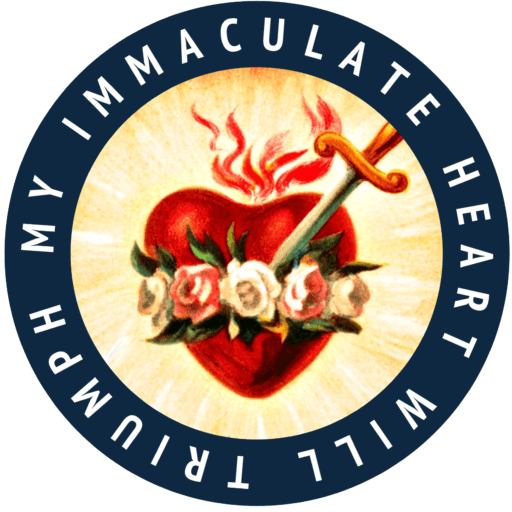


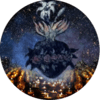
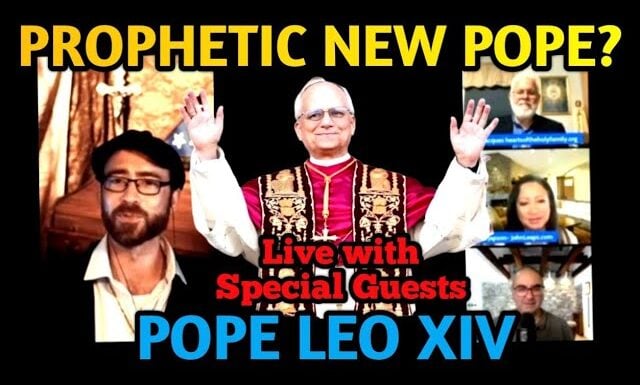
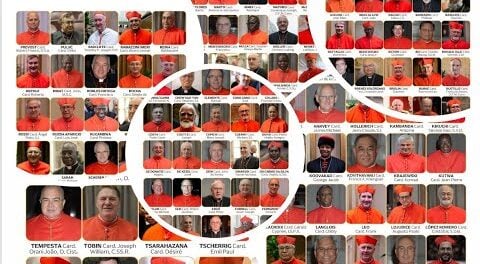


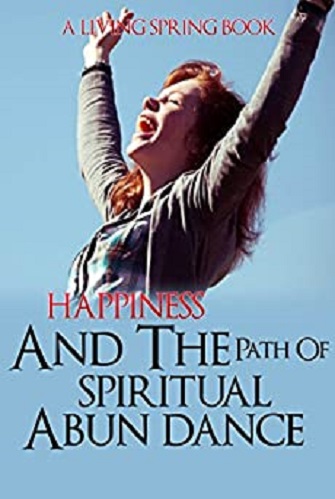

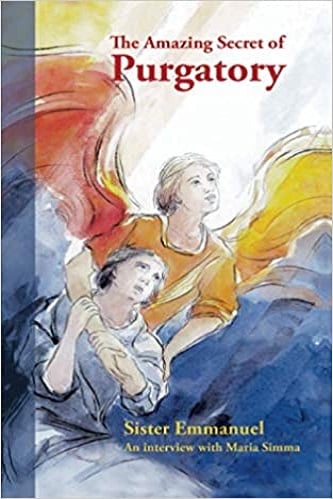


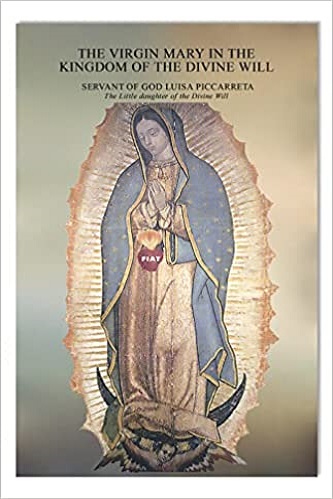
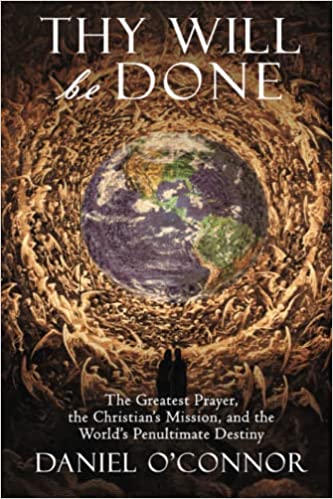
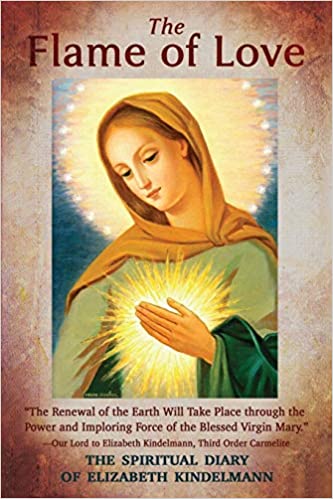
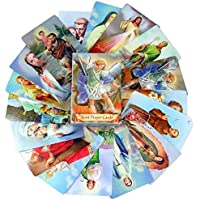


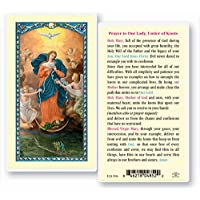

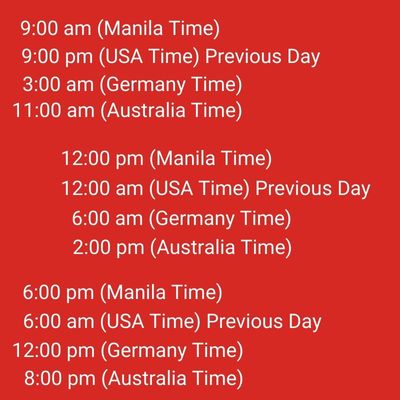
Leave a Reply